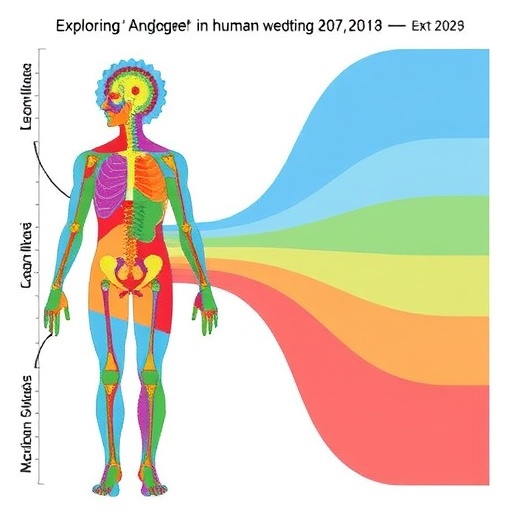Researchers have discovered differences in fat cells that could potentially identify people predisposed to metabolic diseases such as diabetes and fatty liver disease.
The world-first discovery also identified ‘fast burning’ fat cells that if unlocked might help people lose weight.
About 70 per cent of Australians are overweight or obese, which has been linked to metabolic disease risk. The University of Melbourne, Australia, research found that an individual’s level of risk might depend upon the type of fat they store.
Published in Cell Reports, the study took samples from human volunteers and discovered three specific subtypes of precursor cells that went on to become fat cells.
The first released lots of fat into the bloodstream, the second burned energy at a high rate and the third was ‘rather benign’ and did what a fat cell should normally do but slowly.
All three cell subtypes were present in fat tissue throughout the body, and not confined to a particular part. All were present in all fat samples. Some people had more of some cell subtypes and less of others.
Senior author Matthew Watt, who is Head of Physiology in the University of Melbourne’s School of Biomedical Sciences, said the results indicated that the makeup of these cells in a person’s body could help to determine their health.
Professor Watt said the first subtype might increase the risk of fatty deposits around the body and on organs, regardless of whether they were overweight or not, while the second could possibly prevent weight gain. The third was neutral.
While it is early days, he said further research could potentially determine ways to ‘switch off’ the fat releasing cells and ‘switch on’ the fat burning cells. This would involve developing drug therapies and could take at least 10 years.
Professor Watt said if developed, such treatments could help prevent some illnesses and and be less invasive than bariatric surgery. But they should also involve lifestyle changes.
“Whilst we advocate new discoveries to inform the development of anti-obesity therapies, a healthy lifestyle, including daily activity and reduced food intake, is also important,” he said.
Professor Watt’s team separated different cell types, investigated their genes and assessed proteins and metabolism. They found three subtypes of fat cells, which are also known as adipocyte progenitor cells (APCs).
“The discovery is important because it tells us that not all fat cells are the same and that by understanding the fat subtypes in a human, we might be able to predict their future metabolic health,” Professor Watt said.
While the results indicated certain cell subtypes might increase risk of metabolic disease, Professor Watt said a clinical trial was now needed to accurately answer that question. At this stage it was not practical to routinely test fat composition.
“This requires very detailed and expensive tests,” Professor Watt says. “Until we show a link between certain fat cells and health traits this will not be a useful test.
“We first need to determine whether the number of the fat cell subtypes affects disease development. Then we can work out ways to decrease or increase a certain type of fat cell type to improve health, but again this will require further experimentation.”
###
Media Contact
Cheryl Critchley
[email protected]
http://dx.





